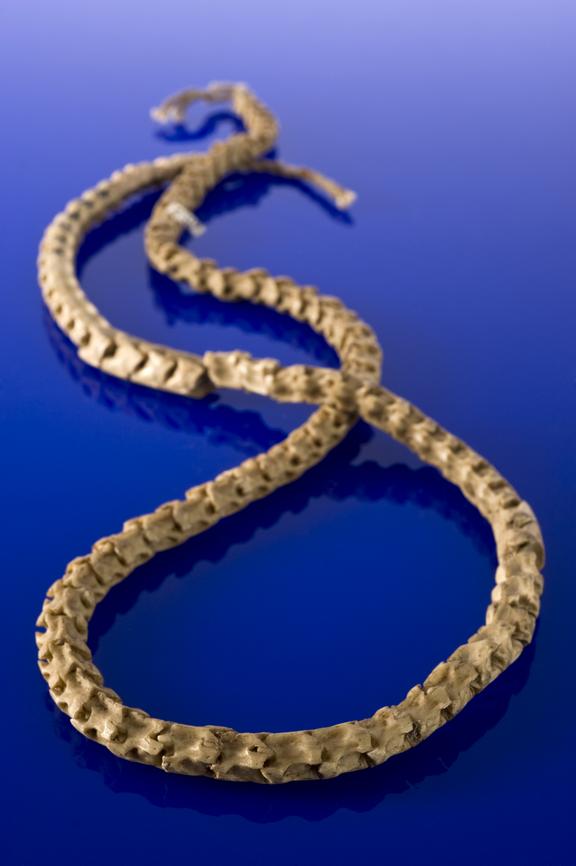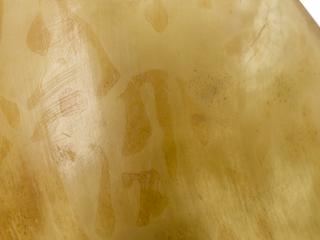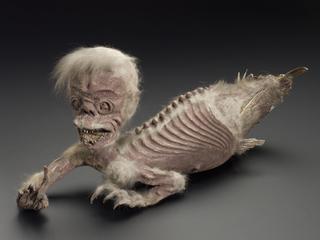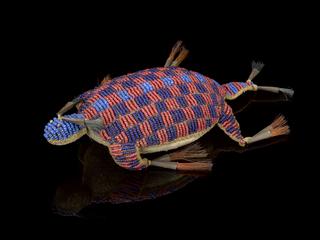




Necklace of snake vertebrae, amuletic, thought to protect against lumbago, Lovett collection, from North London, 1871-1916
The growing influence of biomedicine in the 1800s did not necessarily replace established forms of treatment based on belief and superstition. What could be referred to as folk medicine – customs that often went back generations – continued to be practised. For example, here the bones of a snake have been threaded on to string to make a rather uncomfortable looking necklace. It is thought that this amulet was used to protect against lower back pain – perhaps the fluid slither of a snake was thought to encourage the back muscles to stay supple.
The snake necklace was originally made in North London and then purchased in 1930 from Edward Lovett’s (1852-1933) collection of British amulets and charms. Lovett was interested in folk remedies all his life and began collecting from the age of eight.
Details
- Category:
- Ethnography and Folk Medicine
- Collection:
- Sir Henry Wellcome's Museum Collection
- Object Number:
- A665420
- Materials:
- vertebrae, snake and string
- Measurements:
-
overall: 12 mm x 960 mm




